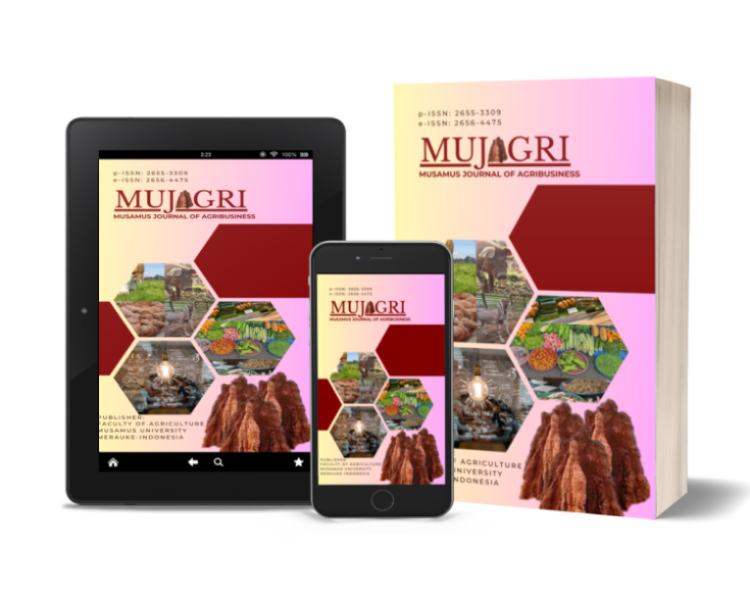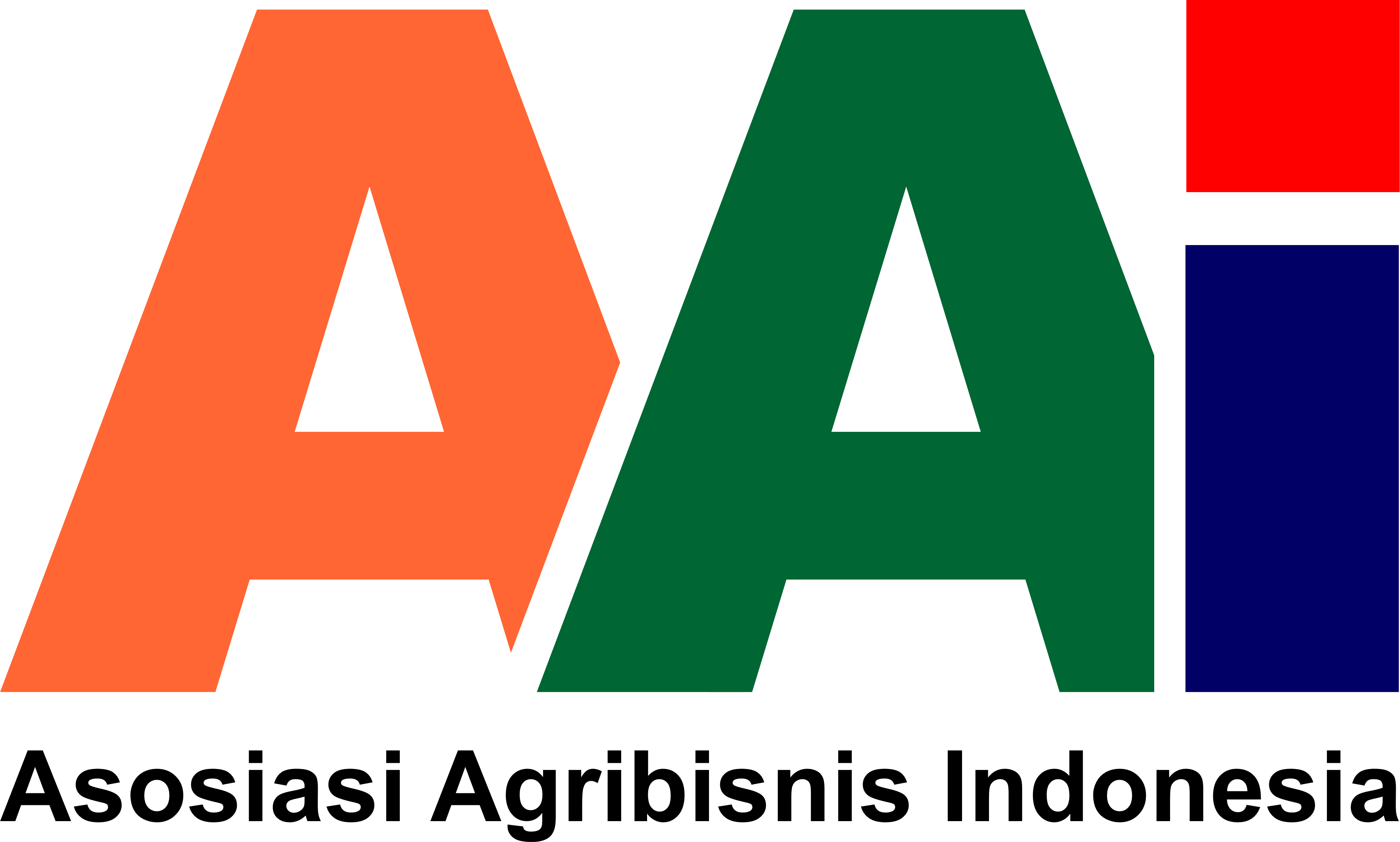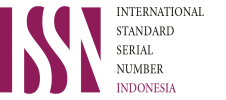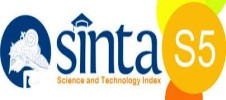Efektivitas Sistem Angkut Bahan Baku Tandan Buah Segar (TBS) Kelapa Sawit Untuk Peningkatan Mutu Buah di Kebun
Abstract
The purpose of this study was to analyze the factors that affect the transportation of FFB raw materials (Fresh Fruit Bunches) and to analyze the effectiveness of the FFB raw material transportation system implemented by PTPN V Kebun Tandun which affects the quality of FFB. Retrieval using key informant techniques on the part of the garden transportation unit. The data analysis method uses fishbone analysis and antrain analysis using QM software for Windows V4. Fishbone analysis method was analyzed to identify the limiting factors that affect the transportation of FFB, while queuing analysis was used to determine the effectiveness of the transportation system. The data used to analyze the queuing system are primary data and secondary data, namely customer arrival time data and service time data (server). The results showed that the factors that affect the transportation of FFB are method, material and environment. Queues at the weighing unit and transportation needs affect the increase in Free Fatty Acid (ALB) levels. At low daily production, the arrival rate of trucks per day is 5 trucks/hour with a queue length of 1 truck and a queue time of 4 minutes. At peak production, the arrival rate of trucks is 12 trucks/hour, the queue length is 22 trucks and the average queue time is 115 minutes.
References
Hudori, M. (2016). Dampak Kerugian dan Usulan Pemecahan Masalah Kualitas Crude Palm Oil (CPO) di Pabrik Kelapa Sawit. In Industrial Engineering Journal (Vol. 5, Issue 1).
Hutabarat, S. (2019). Optimalisasi Pemanfaatan Lahan Perkebunan Kelapa Sawit di Riau. Unri Conference Series: Agriculture and Food Security, 1. https://doi.org/10.31258/unricsagr.1a7
Kismanto, A. (2006). Integrated Biodiesel Plant dan Palm Oil Mill.
Krisdiarto, A. W., Sutiarso, L., & Widodo, K. H. (2017). Optimasi Kualitas Tandan Buah Segar Kelapa Sawit dalam Proses Panen-Angkut Menggunakan Model Dinamis. Agritech, 37(1). https://doi.org/10.22146/agritech.17015
Lubis, A.U. (1992). Oil Palm in Indonesia.
Lubis, Adlin U. (2008). Kelapa sawit (elaeis guineensis jacq.) di Indonesia. Pusat Penelitian Kelapa Sawit.
Pahan, I. (2012). Panduan Lengkap Kelapa Sawit Manajemen Agribisnis dari Hulu Hingga Hilir. In Penerbit Swadaya.
PS, T. P. (1997). Kelapa Sawit Usaha Bududaya Pemanfaatan Hasil dan Aspek Pemasaran. Penebar Swadaya.
Rahayu, A. (2013). Peranan Alat Transportasi Pengangkutan Tandan Buah Segar (TBS) Pada PT. Sekar Bumi Alam Lestari Kabupaten Kampar Provinsi Riau. Universitas Islam Negeri Sultan Syarif Kasim Riau.
S, M. oensoekarjo dan dan T. A. T. (2005). Manajemen Budidaya Kelapa Sawit. Dalam: Mangoensoekarjo S. dan Semangun H. (Eds). Manajemen Agrobisnis Kelapa Sawit. UGM Press.
Siregar, M. (1990). Ekonomi dan Manajemen Pengangkutan. Universitas Indonesia.
Sumangun, H., Widodo, S., Soedjono, M., & Hardiman dan Muljanto, D. (1999). Kemitraan Usaha Perkebunan. Universitas Gajah Mada Yogyakarta, Yogykarta.
Turner, P., & Gillbanks, R. (1974). Oil Palm Cultivation And Management. Incorporated Society of Planters, August.
Wibawa, bayu A. (1996). Tata Guna Lahan dan Transportasi Dalam Pembangunan Berkelanjutan. In Jurnal Tata Guna Lahan Dan Transportasi.
Yuniva, N. (2010). Analisa Mutu Crude Palm Oil (CPO) Dengan Parameter Kadar Asam Lemak Bebas (ALB), Kadar Air Dan Kadar Zat Pengotor Di Pabrik Kelapa Sawit PT. Perkebunan Nusantara-V Tandun Kabupaten Kampar. Universitas Islam Negeri Sultan Syarif Kasim.
The authors who publish in Musamus Journal of Agribusiness agree to the following terms:
- Authors retain copyright and grant the journal right of first publication, with the work simultaneously licensed under a Creative Commons Attribution License that allows others to share the work with an acknowledgement of the work's authorship and initial publication in this journal.
- This journal provides immediate open access to its content. All the articles are licensed under a Creative Commons Attribution-NonCommercial-ShareAlike 4.0 International License.
- Authors grant the journal the following rights: (1) first publication and distribution of the article, (2) making it available to the public, and (3) public presentation.
- Authors have the right to enter into separate contractual arrangements for posting the article to an institutional repository or publishing it in a book with an acknowledgement of its initial publication in this journal.
- Authors are permitted to post citations from their work online (e.g., on their website) with an acknowledgement of its initial publication in this journal






.gif)








v1.png)
3.png)

